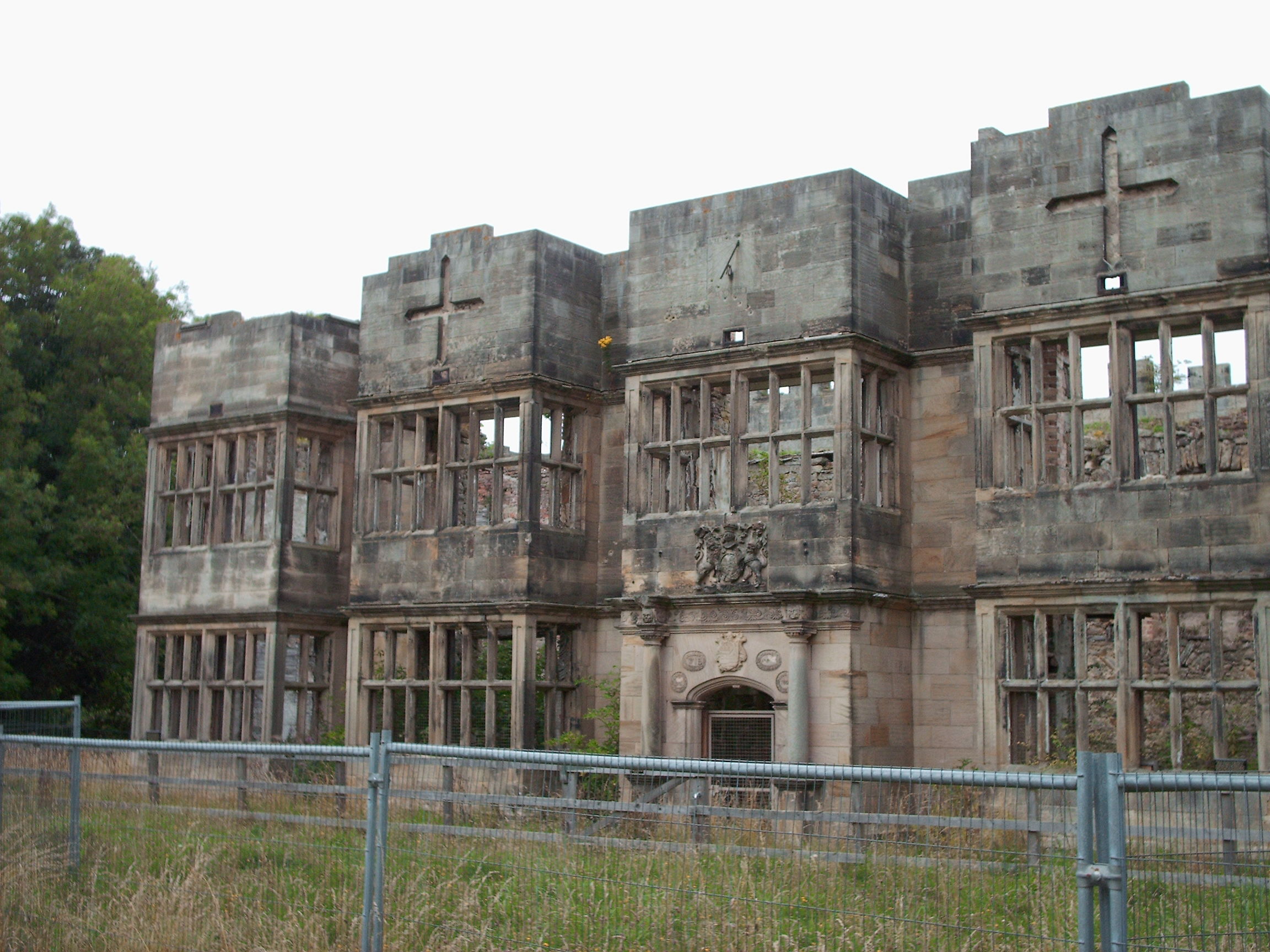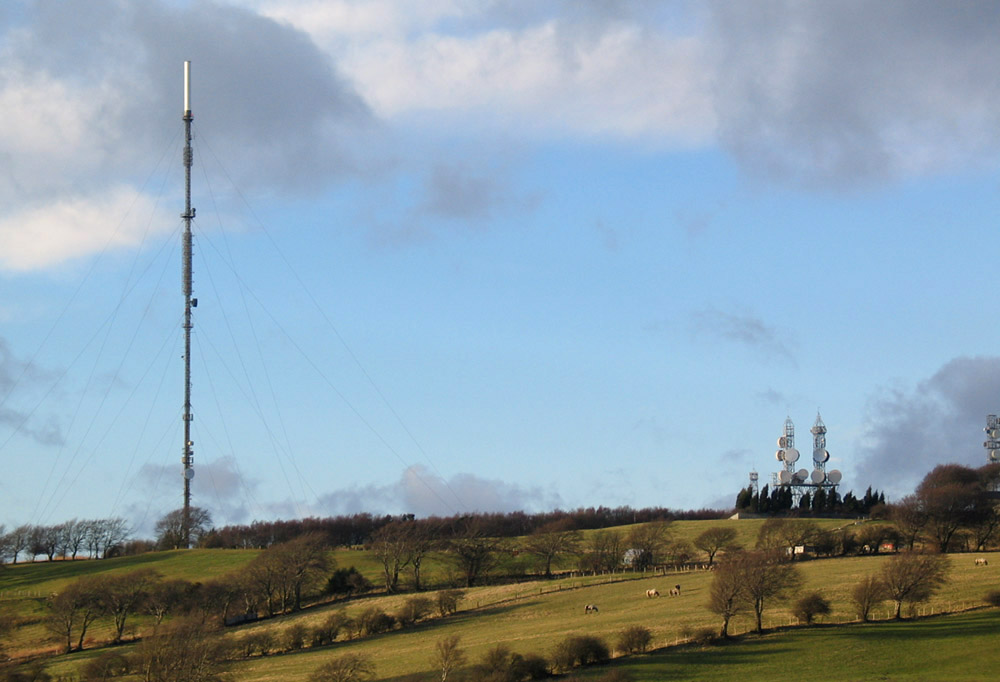|
Dipton, County Durham
Dipton is a village located in County Durham, England. It is situated to the north-east of Consett, 3 miles south west of Burnopfield and a short distance to the north-west of Annfield Plain. The local village school is called Collierley Primary School. Very little housing development occurred in the 1980s, but new housing estates have been built in the village over the last 10 years, which in turn have sustained a younger generation of villagers. The Parish Church was dedicated to St John the Evangelist, but is now closed and is in the process of being converted into a house. It is close to the Pontop Pike Television Transmitter The Pontop Pike transmitting station is a facility for telecommunications and broadcasting situated on a 312-metre (1,024-ft) high hill of the same name between Stanley and Consett, County Durham, near the village of Dipton, England. The mas .... External linksUK TransmittersPontop PikeChurch [...More Info...] [...Related Items...] OR: [Wikipedia] [Google] [Baidu] |
Pontop Pike
The Pontop Pike transmitting station is a facility for telecommunications and broadcasting situated on a 312-metre (1,024-ft) high hill of the same name between Stanley and Consett, County Durham, near the village of Dipton, England. The mast is high, giving an average antenna height of above sea level. It is owned and operated by Arqiva. History The mast was built in 1953, by BICC with Rowridge (also ) and North Hessary Tor in Devon (). Its construction was brought forward by the BBC so that people in North East England could watch the Coronation of Queen Elizabeth II live on the 405-line television system VHF then in use in the UK. Test transmissions from a low-power temporary aerial began on Monday, 20 April 1953, and the first programmes were transmitted on Friday, 1 May 1953, in plenty of time for the Coronation on 2 June. UHF transmissions began in 1966 with the first colour transmissions in 1970, and the VHF television signal was switched off in 1985. Coverage ... [...More Info...] [...Related Items...] OR: [Wikipedia] [Google] [Baidu] |
County Durham
County Durham ( ), officially simply Durham,UK General Acts 1997 c. 23Lieutenancies Act 1997 Schedule 1(3). From legislation.gov.uk, retrieved 6 April 2022. is a ceremonial county in North East England.North East Assembly �About North East England. Retrieved 30 November 2007. The ceremonial county spawned from the historic County Palatine of Durham in 1853. In 1996, the county gained part of the abolished ceremonial county of Cleveland.Lieutenancies Act 1997 . Retrieved 27 October 2014. The county town is the of |
Consett
Consett is a town in County Durham, England, about south-west of Newcastle upon Tyne. It had a population of 27,394 in 2001 and an estimate of 25,812 in 2019. History Consett sits high on the edge of the Pennines. Its' name originates in the Old English ''Cunecsheafod'' ("Cunec's headland"), first recorded in the 13th century. In 1841, it was a village community of only 145, but it was about to become a boom town: below the ground were coking coal and blackband iron ore, and nearby was limestone. These three ingredients were needed for blast furnaces to produce iron and steel. The town is perched on the steep eastern bank of the River Derwent and owes its origins to industrial development arising from lead mining in the area, together with the development of the steel industry in the Derwent Valley, which is said to have been initiated by immigrant German cutlers and sword-makers from Solingen, who settled in the village of Shotley Bridge during the 17th century. During the ... [...More Info...] [...Related Items...] OR: [Wikipedia] [Google] [Baidu] |
Burnopfield
Burnopfield is a village in County Durham, in England. It is situated north of Stanley and Annfield Plain, close to the River Derwent and is 564 feet above sea level. There are around 4,553 inhabitants in Burnopfield. It is located 7 miles from Newcastle upon Tyne and 15 miles from Durham. Etymology The name ''Burnopfield'' probably comes from the Old English meaning "field by the valley stream", although local legend says that the village got its name after an attempted Scottish invasion of England was foiled by literally ''burning up the fields'' to stop the advancing armies. In the 19th century, Burnopfield was usually referred to as ''the Leap'', or in local dialect, as ''the Loup'', after the area of Burnopfield named ''Bryan's Leap''. History Burnopfield was the site of a leper hospital, High Friarside Hospice, which was founded in 1312, but was demolished in approximately 1450. The remains of the original chapel can still be seen today. Other historical buildings in Bur ... [...More Info...] [...Related Items...] OR: [Wikipedia] [Google] [Baidu] |
Annfield Plain
Annfield Plain is a village in County Durham, in England. It is situated on a plateau between the towns of Stanley, to the north-east, and Consett, to the west. According to the 2001 census, Annfield Plain has a population of 3,569. By the time of the 2011 Census Annfield Plain had become a ward of Stanley parish. The ward had a population of 10,012. Along with much of the surrounding area, Annfield Plain's history lies in coal mining. While the industry collapsed in the 1980s and 90s, its effects are still apparent both in the landscape and in folk memory. Much of the surrounding landscape is rough moorland, dominated by the nearby Pontop Pike television mast. Not far from semi-rural Derwentside, however, is the Tyneside–Wearside conurbation, with Newcastle away, and Sunderland a similar distance. The cathedral city of Durham is away and offers quite a contrast to the former pit villages in the area of Annfield Plain. Name "Anfield", as the name was originally appe ... [...More Info...] [...Related Items...] OR: [Wikipedia] [Google] [Baidu] |
St John The Evangelist
John the Evangelist ( grc-gre, Ἰωάννης, Iōánnēs; Aramaic: ܝܘܚܢܢ; Ge'ez: ዮሐንስ; ar, يوحنا الإنجيلي, la, Ioannes, he, יוחנן cop, ⲓⲱⲁⲛⲛⲏⲥ or ⲓⲱ̅ⲁ) is the name traditionally given to the author of the Gospel of John. Christians have traditionally identified him with John the Apostle, John of Patmos, and John the Presbyter, although this has been disputed by most modern scholars. Identity The Gospel of John refers to an otherwise unnamed "disciple whom Jesus loved", who "bore witness to and wrote" the Gospel's message.Theissen, Gerd and Annette Merz. The historical Jesus: a comprehensive guide. Fortress Press. 1998. translated from German (1996 edition). Chapter 2. Christian sources about Jesus. The author of the Gospel of John seemed interested in maintaining the internal anonymity of the author's identity, although interpreting the Gospel in the light of the Synoptic Gospels and considering that the author names ... [...More Info...] [...Related Items...] OR: [Wikipedia] [Google] [Baidu] |
Pontop Pike Television Transmitter
The Pontop Pike transmitting station is a facility for telecommunications and broadcasting situated on a 312-metre (1,024-ft) high hill of the same name between Stanley, County Durham, Stanley and Consett, County Durham, near the village of Dipton, County Durham, Dipton, England. The mast is high, giving an average antenna height of above sea level. It is owned and operated by Arqiva. History The mast was built in 1953, by British Insulated Callender's Cables, BICC with Rowridge transmitting station, Rowridge (also ) and North Hessary Tor transmitting station, North Hessary Tor in Devon (). Its construction was brought forward by the BBC so that people in North East England could watch the Coronation of Queen Elizabeth II live on the 405-line television system VHF then in use in the UK. Test transmissions from a low-power temporary Antenna (radio), aerial began on Monday, 20 April 1953, and the first programmes were transmitted on Friday, 1 May 1953, in plenty of time for t ... [...More Info...] [...Related Items...] OR: [Wikipedia] [Google] [Baidu] |


.jpg)